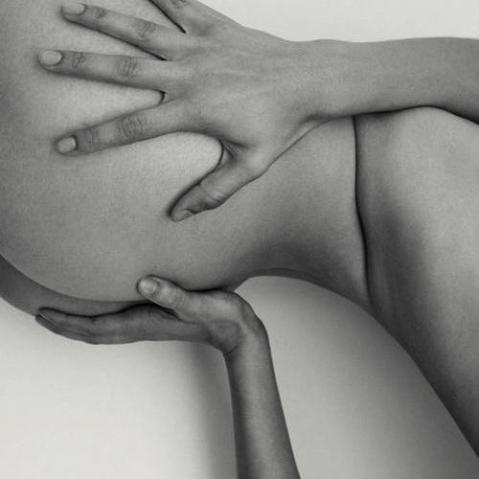How to get your first assistant photographer gig

Forget basically everything you’ve been taught about traditional employment: for assistants and photographers alike, there are no job applications to fill out or company websites advertising vacant positions.

It’s not as simple as listing your skills on your resume, sending it to a prospective employer, and then waiting for an interview. Getting work in this competitive and highly unconventional industry is not a straightforward process, but rather requires the multiple approaches.
Research
Thanks to the internet, tracking down the contact details of a photographer for whom you want to work is a fairly easy task—if a simple Google search won’t pull up their website and contact information, then search for them on LinkedIn or Facebook. Before contacting them directly, it’s wise to find out who their studio managers or first assistants are (typically the ones responsible for freelance-assistant hiring). If you live in the same city, chances are you’ll have at least second- or third-degree connections, as local industries are often very small. Invite them out for a drink, or keep it strictly business and email them with your intentions. (Though take it from experience—everyone likes a free drink.)
Networking
Make friends with other assistants. It might sound simple and commonsensical, but it’s absolutely crucial. Having colleagues as friends will benefit you for the obvious social reasons, but in an industry so reliant on connections and recommendations, it will benefit you professionally, too.
Most photographers rely on their first assistants to hire second and third assistants and even digital techs, so having a network of solid assisting buddies can help to ensure decent and regular work. It goes without saying that when you start to book your own photo-assisting gigs (or better yet, your own shooting gigs), you’ll throw a bone their way, too.
Cold calling
Boldness pays off because so few people are willing to put their necks on the line and take big risks. Directly cold call the photographer with whom you’d like to work and tell them you want to assist them. Even if you don’t land the job upon first contact, your proactiveness and go-getter attitude will have made an impression, and you’ll stay in their mind for future jobs. Alternatively, call a production company and tell them you’d like to be placed on their assistant’s list. After some vetting on their end, you’ll be placed in a database and called on a needs basis. It sounds overly simple, but there is a lot of work that comes directly from production companies.
Word of mouth
The photo industry runs on word of mouth, so you must strive constantly to develop an excellent reputation. In order to get recommended by the various photographers and producers with whom you work, have a consistently good attitude and work as if every job were an audition for the next one. It might very well be.
What They Didn’t Teach You in Photo School won’t tell you how to take photographs. It will, though, teach you a much more difficult set of skills: how to be a photographer. Passing on hard-earned lessons from a successful career in commercial, editorial and lifestyle photography, Demetrius Fordham shows how to snag the best internships and assistant roles, impress at an interview, develop an amazing portfolio, forge strong relationships with clients, and lay the foundations of your own successful career.
 What They Didn’t Teach You in Photo School
What They Didn’t Teach You in Photo School
Demetrius Fordham
Buy it now!
RRP for print edition: £14.99






